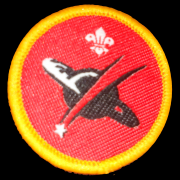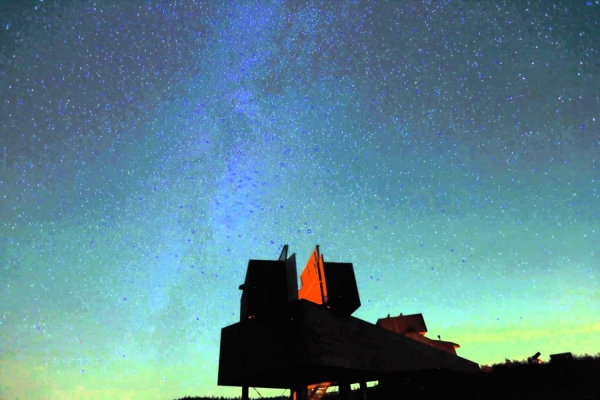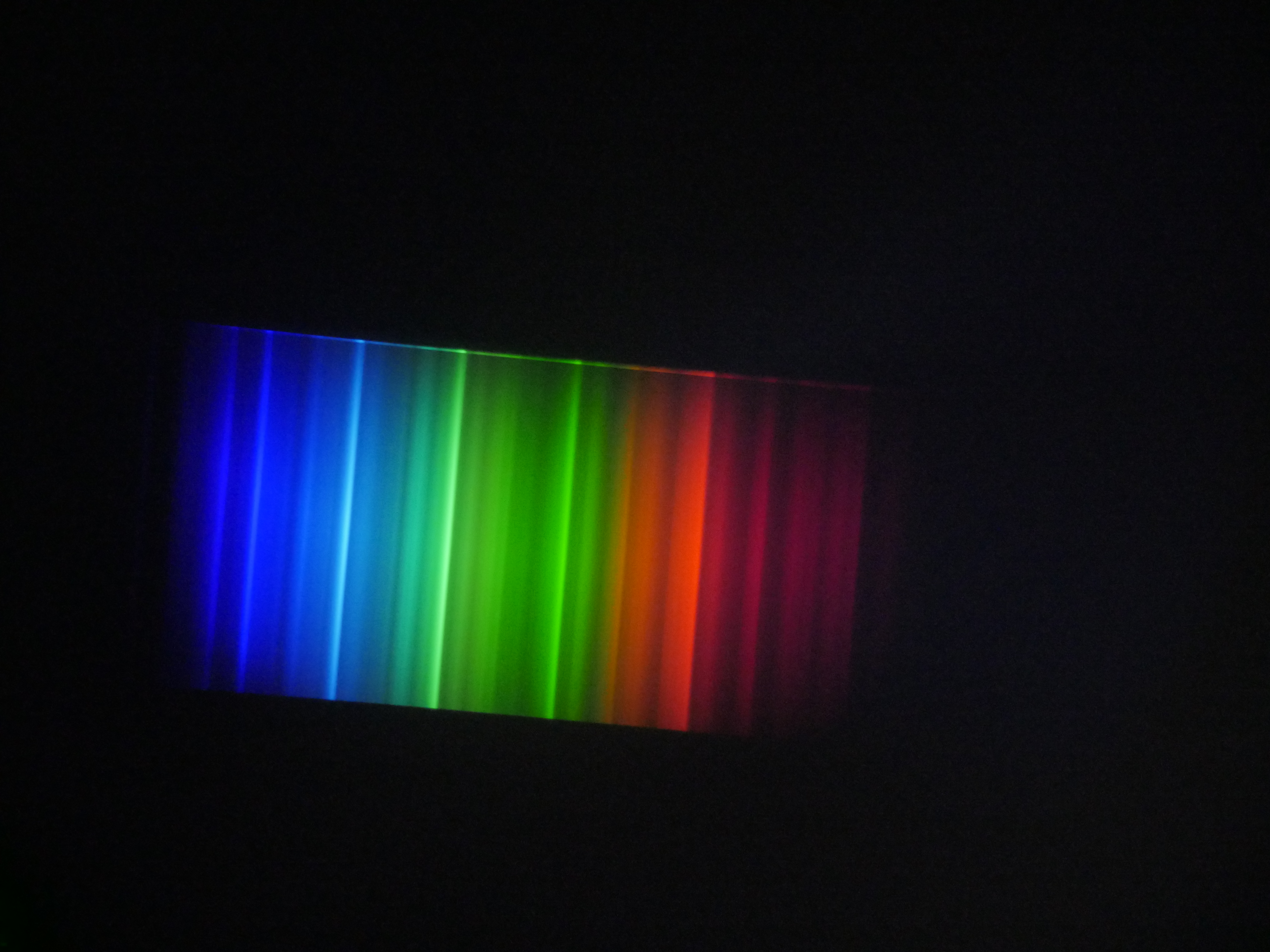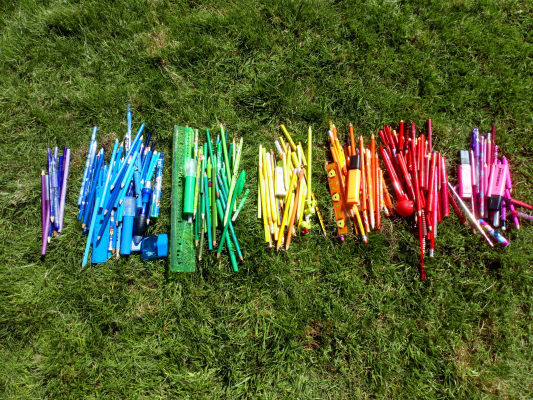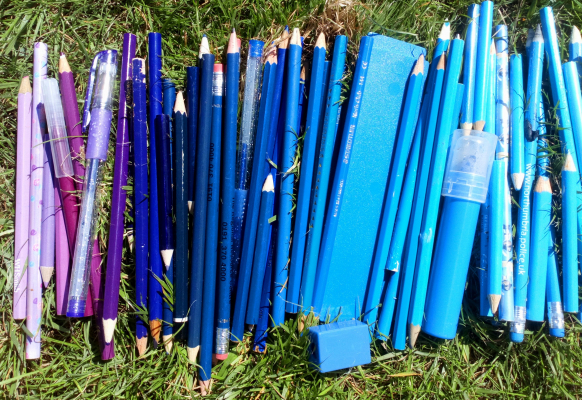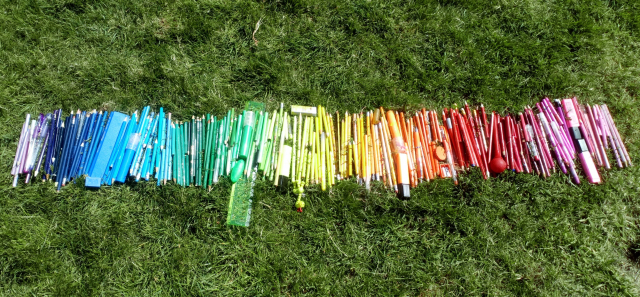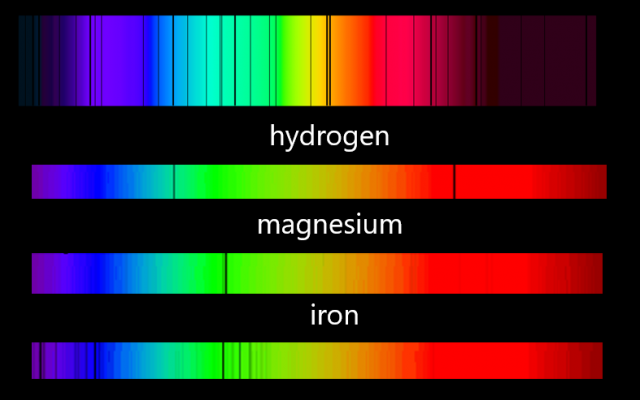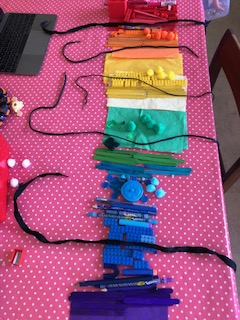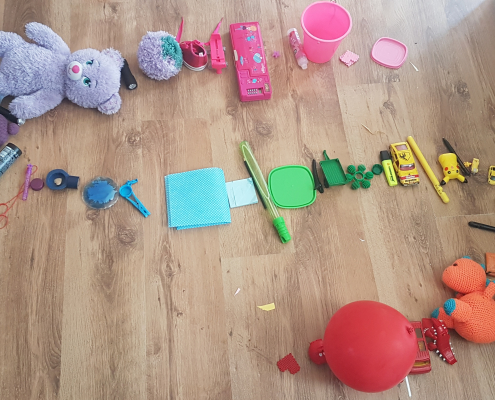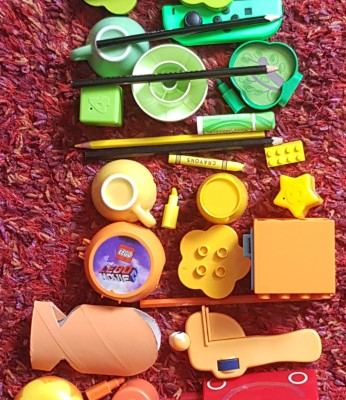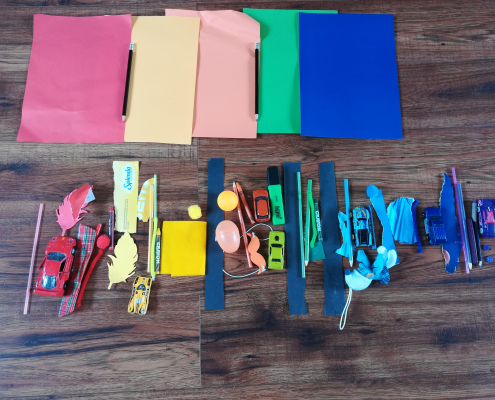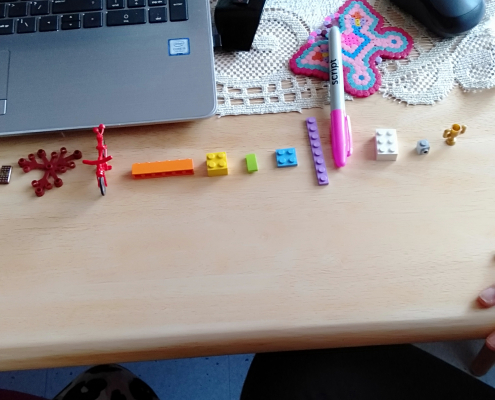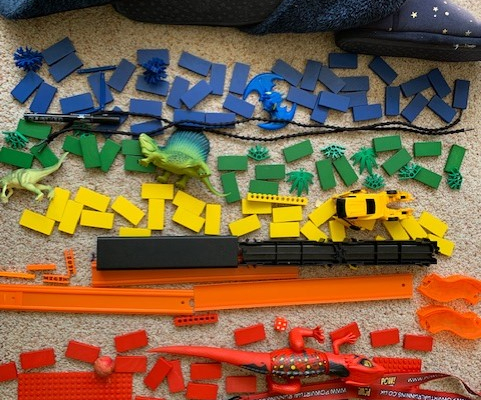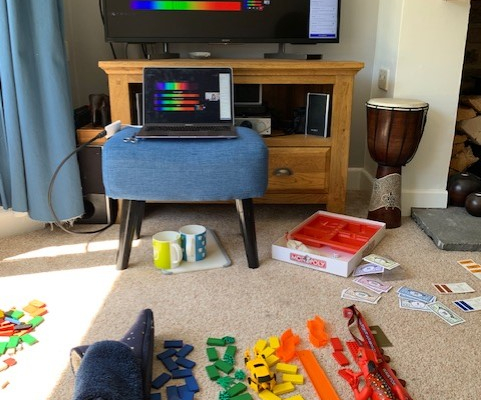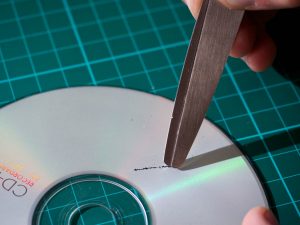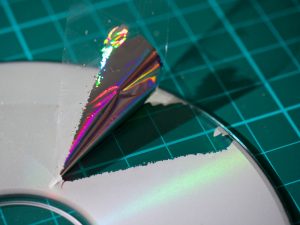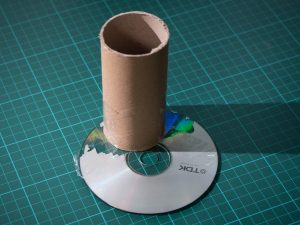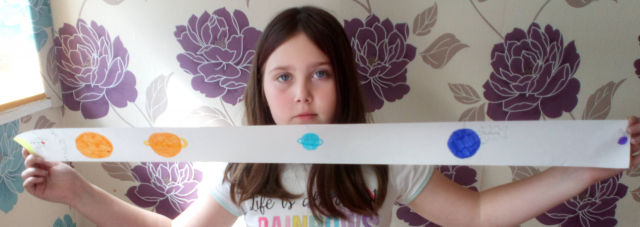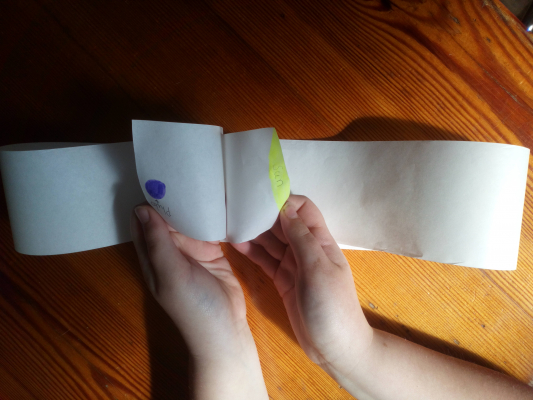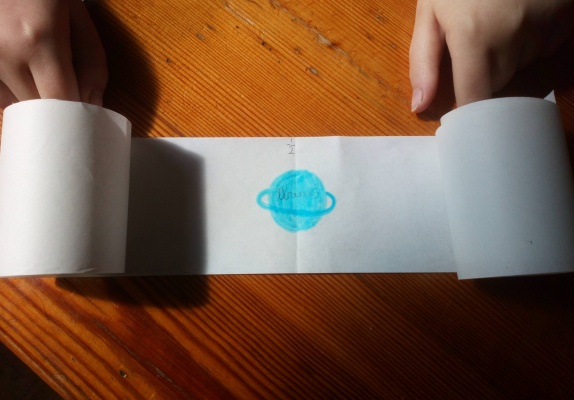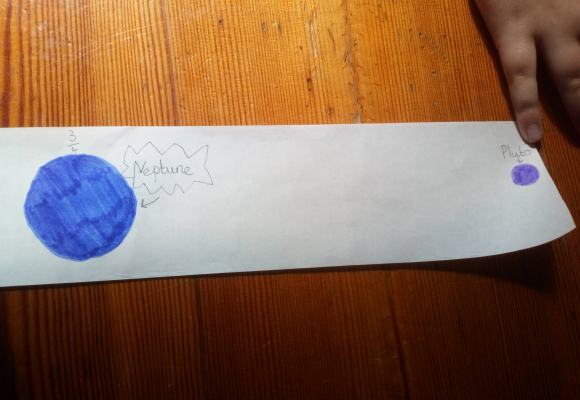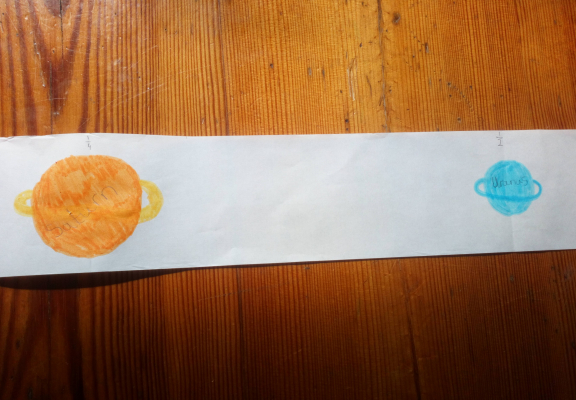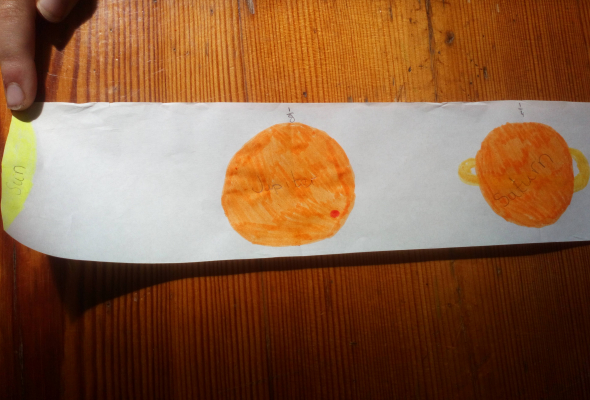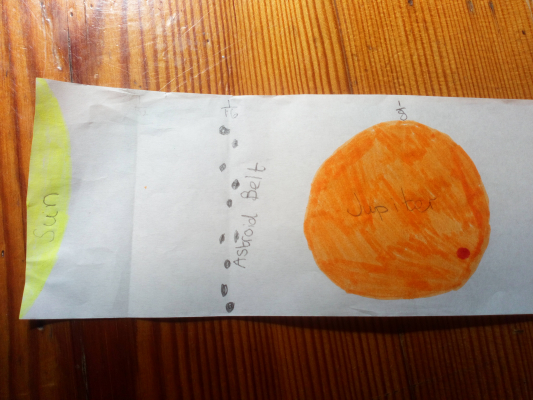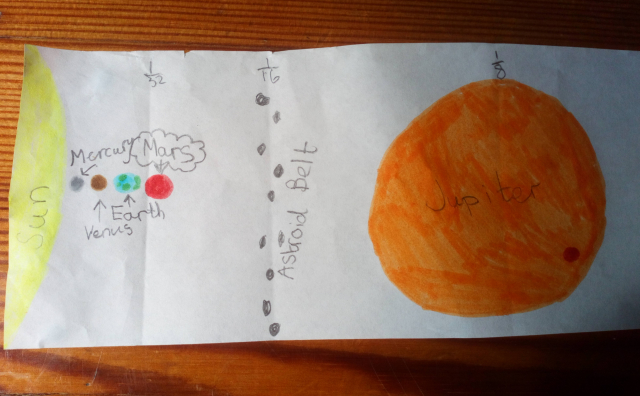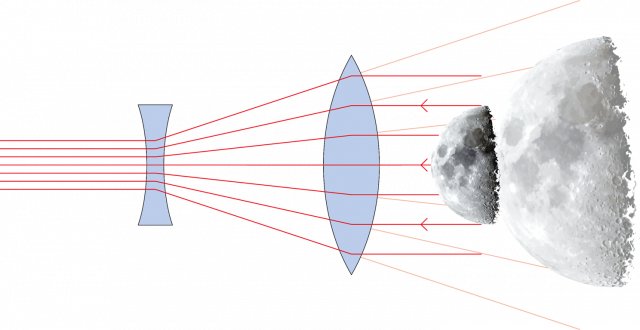You may have joined us for our “Imagining the Sun” workshop at Camp Together 2021 and created some sun inspired pop ups.
You’re in the right place if you want to find out more about astronomy.
This page gives you activities that you can use to complete your Cub Astronomer Activity Badge, while learning more about our universe.
What is an astronomer?
Astronomers are a type of scientist who study objects in space. They use telescopes, satellites and spacecraft to collect data, and use this to help understand events in the universe.
They may work in an observatory similar to the one at Kielder in the picture on the right. You may have been to Kielder and stayed at Hawkhirst Scout Centre.
There is very little light pollution from buildings or roads, and so it is an excellent place to observe the stars… if you are lucky enough to get a clear night!
The skills and attributes you will need to become an astronomer are open-mindedness, self-motivation and patience.
Find out about space related subjects -The Parker Space Probe
In our “Imagining the Sun” workshop at Camp Together, we talked about the Parker Space Probe and it’s mission to gather information from the Sun.
Watch the video to find out more about the mission, or visit the NASA website to get the latest updates on this 7 year mission to discover more about our nearest star.
Become a satellite engineer!
If you are interested in the Parker Space Probe, you may also be interested in becoming a satellite engineer when you are older.
Satellite Engineers design and build satellites which are launched for communications, studying the weather or navigation. They design satellite command systems that remotely control satellite activities from ground stations and keep satellites functioning properly. Satellite engineers also collect and use the data from the satellites.
The skills and attributes you need to be a satellite engineer are: hard-working, open-minded and communicative.
Make a star spectrum
The white light we see is made up of the different colours of the spectrum. When we see a rainbow, we see the light split up into the different colours.
A spectrometer is a tool used by astronomers to split the light collected by a telescope into its colour spectrum. This allows astronomers see the details in the light and see the spectrum of a star.
Different chemical elements in stars absorb the certain colours of light which results in these black lines on the spectrum. This tells us which elements are present in the star.
Follow the instructions to make your own star spectrum.
You will need: A large selection of materials in the colours of the rainbow, at least 8 of each colour (eg, small toys, lego, pencils, scraps of paper, crayons, stones, beads, buttons, ribbons, wool, stationary, fabric, clothes, pipe cleaners, lolly sticks, pom poms or other collage materials)
At least 4 black lines (e.g. strips of black paper or card, shoe laces, black socks or fabric, black pencils or pens)
Did you know..?
1. First collect all of the materials that you need from around your house. You can use a mixture of different items to make your spectrum. Sort your materials into piles of the different colours: purple, blue, green, yellow, orange, red and pink.
2. Now sort the materials within your piles. Observe how the colours change from darker to lighter and merge into each other throughout the spectrum. In the picture you can see how the dark purple merges with the dark blue, then the blue becomes lighter and lighter.
3. Continue sorting all of your colours. Noticing how light blue merges into turquoise, turquoise into green, and how the green gets lighter becoming yellow. You can see how the yellow becomes darker and merges into orange, which then becomes more and more red as we move along the spectrum. The red becomes burgundy then lightens into pink.
4. Finally add your black absorption lines to show which elements are present in your star. You can use the absorption lines from the elements present in the Sun, or you can be creative and design your own.
Take a look at the gallery below to see the star spectra made by other Cubs at Camp Together in 2020.
How can I observe the sun safely?
As you know, you must never look directly at the Sun.
One way to view the sun is to split up the visible light from the Sun into its spectrum of colours.
Astronomers use a spectrometer to view light from stars and produce a spectrum.
Follow the instructions below to make your own spectrometer and use this to view light from the Sun safely.
You will need:
An old CD, scissors, a toilet or kitchen roll tube, a piece of card, sticky tape.
- Check that the CD is an old one, and make sure that it is no longer wanted.
Make a scratch on the printed side of the CD.
2. Use sticky tape to peel off the coating.
3. Tape the CD and cardboard tube together.
4. Cut a small slice into the card. Tape the card to the end of the tube.
You have made a spectrometer.
Go outside and look through the CD end.
What do you see? Do you recognise the pattern or colours? You should be able to see a rainbow.
Start experimenting!
Try looking at different types of light and different light sources: desk lamps, fluorescent tubes, TVs, mobile phone torches.
Can you spot any differences in the patterns that you can see? Why do you think this is? What might be different about the light sources that you are looking at?
Make a pinhole projector
Another way to view the Sun safely is to look at it indirectly using a pinhole projector. Follow the instructions in the video to do this.
You will need:
A cereal box, paper, pencil, scissors, sticky tape, and aluminium foil.
What is the difference between a star and a planet?
If you took part in our “Imagining the Sun” workshop at Marra, you will already know all about our nearest star, the Sun.
Stars are made of gas and are so massive that the pressure inside them causes a nuclear reaction. This is when two subatomic particles called protons crash together and a parcel of light called a photon is created and shoots off. This makes stars emit light and heat.
Planets orbit a star and must be big enough that the force of gravity pulls the planet into a spherical (ball) shape, and be separate from other nearby objects.
Some planets like Earth and Mars are rocky and solid, but some like Jupiter and Saturn are made of gas.
The difference between gas planets and star is their size. Planets like Jupiter are not big enough to cause nuclear reactions in their core, so they don’t emit heat and light.
How to make a model of the solar system
What do you already know about the Solar System?
Watch the video on the left for a guided tour of our Solar System, or visit this BBC Bitesize page for more songs, games and activities.
What is a model?
A model is a simple representation of aan object or a process. It is important to remember that a model is not exactly the same as the thing you are trying to explain. Although they have limitations, models can be used to help us understand what has taken place, find out more about causes of behaviour, and to forecast future outcomes and events.
You can create a Solar System model showing the relative distances between the planets.
You will need:
- A strip of paper 1 m by 10 cm. You could use a strip of wallpaper or stick shorter sections of paper together)
- Felt tip pens or colouring pencils.
Now you need to follow the instructions below to fold the paper and find the points where the planets would be. You can then draw them on.
1. Draw the Sun at one end of the strip and Pluto at the other. The strip represents the distance between the Sun and Pluto.
2. Fold your paper in half. This represents half way between the Sun and Pluto.
Draw Uranus at this half-way point.
3. Fold the Sun into the half way point to find 1/4 of the distance between the Sun and Pluto. Draw Saturn at this point.
4. Now fold Pluto into the half way point to find 3/4 of the distance between the Sun and Pluto. Draw Neptune at this point.
5. Fold the sun into Saturn to find 1/8 of the distance between the sun and Pluto. Draw Jupiter at this point.
6. Fold the sun into Jupiter to find 1/16 of the distance between the sun and Pluto. Draw the asteroid belt at this point.
7. Fold the sun to the Asteroid belt to find 1/32 of the distance between the Sun and Pluto. This is where Mars is located.
8. Now add in the “inner planets” of Mercury, Venus and Earth between Mars and the Sun to complete your model.
Where you surprised by any of the distances between planets? Your model may represent the distance, but do you think your planets are the correct size in comparison to each other? Watch this video to see the comparative size of the planets and the sun.
Observe the Moon, using binoculars or a telescope if you can
You may be lucky enough to have your own telescope or a pair of binoculars to observe the night sky, but it is possible to observe the Moon without this equipment.
What can you see on the moon? Describe some of its features.
Sometimes you can also see the Moon during the day, though it is harder to see details clearly.
You can see more details on the moon by watching the NASA virtual tour of the Moon.
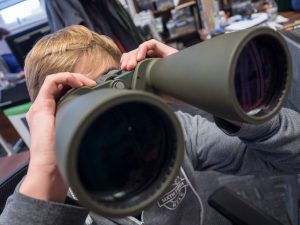
A telescope magnifies distant objects using lenses. It also ‘collects’ more light than your eye can, so you can see fainter objects using the telescope
The big lens in the telescope (objective lens) focuses the light and forms an image at a point (the focal point) inside the telescope.
A smaller lens (eyepiece lens) takes the bright image from the focal point and magnifies it so that the image covers more of your retina, and appears to have come from a much larger object.
Click here for more facts about light and lenses.
Identify three constellations
In ancient times, people saw patterns of stars in the sky and told stories about them. You may have heard of some of these, such as Orion the hunter, Gemini the twins, or Taurus the bull. Different cultures created different stories.
When astronomers made maps of the stars they included these patterns on their maps and called them constellations.
The individual stars in a constellation may appear to be very close to each other, but they are separated by huge distances in space and often have no real connection to each other at all. It just looks like they do from where we are on Earth.
You can see different constellations depending on where you are on the Earth, and you will see different constellations at different times of the year.
Use this online planetarium to find the constellations that are visible from your house tonight.
Can you find, and name, three constellations to earn your badge?

